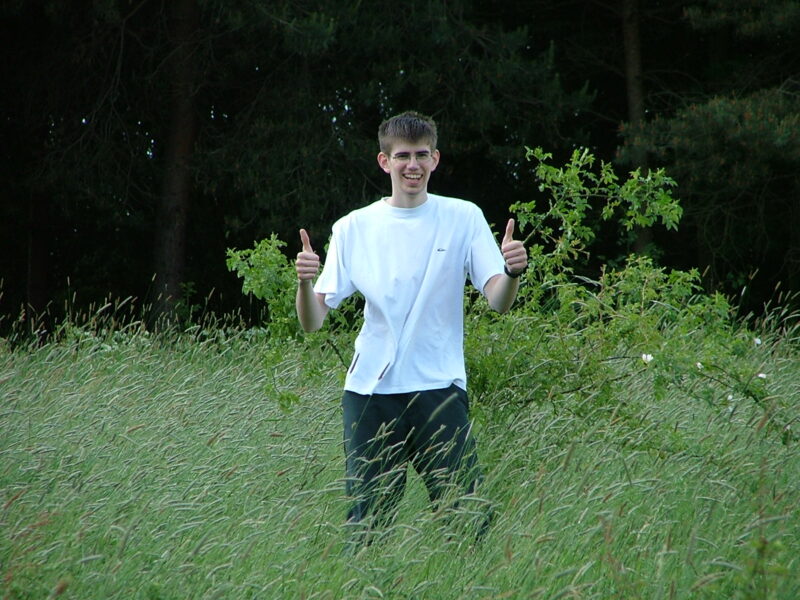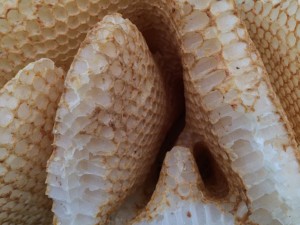Here’s a round-up of some mathematical news stories not reported elsewhere on the site this month.
Maths News
Hiroki Takizawa claims Othello is solved: perfect play leads to a draw. (via Lance Fortnow)
Stephen Wolfram has announced version 14 of Mathematica, which will be available immediately both on the desktop and in the cloud. The latest version has 6602 built-in functions, and is accompanied by significant documentation and online tutorials to help people learn how to use it.

A new mathematical modelling competition, open from 1st Feb, invites predictions for when cherry trees will blossom in five cities in the USA and Japan, with cash and prizes awarded for a compelling narrative and reproducible analysis containing any data and code used. (via IMAmaths on X)
Science is reporting that a group of mathematicians are producing “low-quality papers” that repeatedly reference their work, distorting citation metrics apparently in an attempt to raise their institution’s rankings. As a result of this practice,
publishing analytics company Clarivate has excluded the entire field of math from the most recent edition of its influential list of authors of highly cited papers, released in November 2023.
(via Nalini Joshi on Mastodon)
Claire Voisin has been awarded the Crafoord Prize in Mathematics by the Royal Swedish Academy of Sciences — the first woman to win this award in mathematics. (via European Mathematical Society on Mastodon)
Sad News
Several death announcements this month, including differential geometer Sigurður Helgason (via Nalini Joshi), Prof Nick Higham FRS, maths education giant Tony Gardiner (via Colin Wright) – and a lovely obituary of Tony from Sacha Borovik – Alan Schoen, physicist and discoverer of the gyroid (via Alison Martin), and Bernd Wegner, who was Editor-in-chief of zbMATH for 37 years (via European Mathematical Society).

